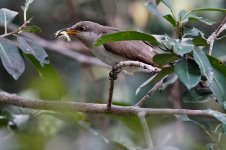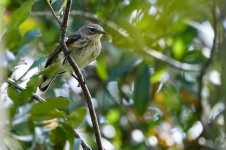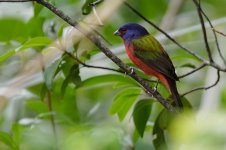Vespobuteo
Well-known member
This have been mentioned in the thread but the form factor and handling is not unimportant. The camera must feel comfortable in the hand and the camera must be able to be controlled without taking the eye from the viewfinder.
We also see that the latest pro MFT cameras is growing in size (grip is larger, weight is higher) since they are expected to be handled with longer and heavier lenses. The prices also have grown unfortunately. The Nikon D500 now seems cheap compared to the Pana GH5...I never thought that would happen. But Panasonic seem to have good confidence.
Mirrorless cams with larger FF sensors won't save much weight since the lenses is as heavy as any other, and I think APS-C format at 20-24MP gives the best bang for the buck for telephoto shooting. Reasonably good performance in low light but still high sensor resolution in better light conditions, and the possibility to crop.
We also see that the latest pro MFT cameras is growing in size (grip is larger, weight is higher) since they are expected to be handled with longer and heavier lenses. The prices also have grown unfortunately. The Nikon D500 now seems cheap compared to the Pana GH5...I never thought that would happen. But Panasonic seem to have good confidence.
Mirrorless cams with larger FF sensors won't save much weight since the lenses is as heavy as any other, and I think APS-C format at 20-24MP gives the best bang for the buck for telephoto shooting. Reasonably good performance in low light but still high sensor resolution in better light conditions, and the possibility to crop.









